Though I speak and write about many other things, books have always been one of my core passions in this space. I decided early on to raise my children in a home surrounding by books and the celebration of reading, and I’ve worked ever since to foster a healthy literary life for them and others. My path has not been a straight one as I stumbled mightily in the beginning, but since finding my footing, I’ve delighted in seeing my children fall in love with stories.

Disclosure: As an Amazon Associate, I may earn commissions from qualifying purchases using book and product links at no additional cost to you. Thank you for your support.
I’m often asked about my thoughts on choosing books and cultivating an atmosphere of learning from and enjoying the ideas they contain. Here are a few of my guiding principles along with resources to help bring them alive:
Read beautiful books that have endured.
Enjoy enduring and endearing “not to be missed” stories that have stood the test of time. These can be traditional classics but are not limited to just the most well-known titles. Many other great books can be included in this category. While reading, remain conscious of the ideas being put forth by the authors and their stories. Discuss disturbing messages with your children and clearly establish the thoughts of the time vs. what we know to be true and good. Take the good from these books and grow from the tensions and discomfort that can arise while reading old thoughts in new times.
While reading, remain aware of 3 things:
1. The child before us. In my conference talk on Teaching Hard History, I share how each of my children is completely different than the others when it comes to interacting with tough topics and current events (enslavement, the Holocaust, Hiroshima, 9/11, Sandy Hook, racism, misogyny, bullying, etc). There is no one-size-fits-all approach to what a child can handle and how it should be presented. However, we’re all charged with remaining alert and intentional about helping our children process the world around them.
2. The frequency and severity of the negative messaging. I’ve spoken before about the issue with parents always saying, “We love this book! I just tell little Jimmy that people don’t think like that anymore. We talk about how times have changed and we’re all the same. And then we keep on reading.” Discussions on problematic aspects of literature are invaluable, but we can’t constantly rely on quick voiceovers as band-aids to cover up all hurts.
We have to consider the ratio of problematic books to non-problematic books. If you’re a lover of old books, you must be especially careful about the titles you choose for your children because if they continually hear the same negative things about groups of people (usually Black and Brown people), there’s a risk that they’ll start to believe the lies – perhaps unconsciously – even if you keep throwing out your reminders about these things not being true.
Ideas are also communicated through silence. In some books, it’s not the negative messaging that we need to worry about. It’s the lack of acknowledgement that people of color existed during the time period at all. Either way, regularly delving into beloved titles from the past requires diligence.
And this is no diss against folks who like old books. I like them too! I’m just saying that we have to be intentional about our choices.
The other problem with the “that was the old way of thinking but now we all know better” messaging is that it’s not entirely true or nuanced. It makes it seem like things were broken and now they’re fixed, but the truth is that they’re not fixed. They are indeed much better but not fixed. We can reveal more truths to our children over the years, but we shouldn’t feed them oversimplified lies in the meantime.
3. The atmosphere in which the books are being read. Is your home one in which racism, prejudice, and other difficult topics are openly discussed? Are you doing the work required to lay a foundation in which children can wrestle with outdated language, ignorance, or evil ideations? In other words, do you have a strong buffer built up against your children’s possible absorption of the negative ideas sometimes perpetuated in books?
If so, you have more wiggle room to introduce a wide range of literature and ideas because you’ve already established an environment of open communication around tough topics.
Resources for finding and enjoying classics, older titles, and traditionally recommended books
Select beautiful books of all sorts for your children on Biblioguides where you’ll find an amazingly robust index along with curated lists of book recommendations from various Partner Guides, including yours truly. And here are a few books that have helped me thoroughly enjoy reading older books (often found on popular lists) while remaining aware of potential issues:
Set aside some of the older or traditionally popular books to make lots of room for stories by and about other people.
Most often, the diverse books that I’m referring to here are contemporary books written more recently than most of the titles we often see dominating book lists and curriculum guides. But sometimes they’re oldies but goodies that just haven’t received the attention they deserve.
A question I’ve seen brought up online: “But aren’t we simply to put the children in the way of great minds?”
Yes! But why would we set up a living feast of only white minds and their ideas? THAT is the part that I’m standing firmly against.
And my own questions:
- Why are all of the “good and beautiful” things white while other living people, books, and things are given a second-class designation?
- Why do some people make it seem as though we’re adulterating the lessons if they’re robust, expansive, and inclusive?
- On what pretense can someone stand against the idea of a wide and vibrant reading life?
One of my favorite quotes from Charlotte Mason inspires me to resist outdated or limited notions of what our children should read and experience.
“…we must make it our business, as much as in us lies, to bring Beauty to places where it is not.”
Ourselves, p. 55
Resources for finding and enjoying beautifully DIVERSE books
Stories of Color is an incredible tool for finding diverse book titles for your children. In addition to a searchable database, highlights include topical book bundles and curated recommendations from moms who are committed to contributing to a more diverse and multicultural education for our children (Including me!).
Sometimes the best way to help our kids is to be who we want them to be rather than coaching them without leading the way. Here are a few books that have helped me fall in love with Black literature all over again:
Use the combination of old and new colorful books and extend the concept into other areas of study.
Meld diversity of living books with diversity of living things like art, music, poetry, and more. Think of incorporating different voices and experiences as you curate your field trips and other activities or when you share current events. Naturally present a varied and well-seasoned feast to your children.
It’s the right thing to do, it makes lessons more intriguing and conversations more interesting, and it’s FUN!
Here are a few books that have added flavor and unique insights to my children’s reading life:
Find more book recommendations and thoughts on expansive reading and living on Instagram @heritagemomblog.
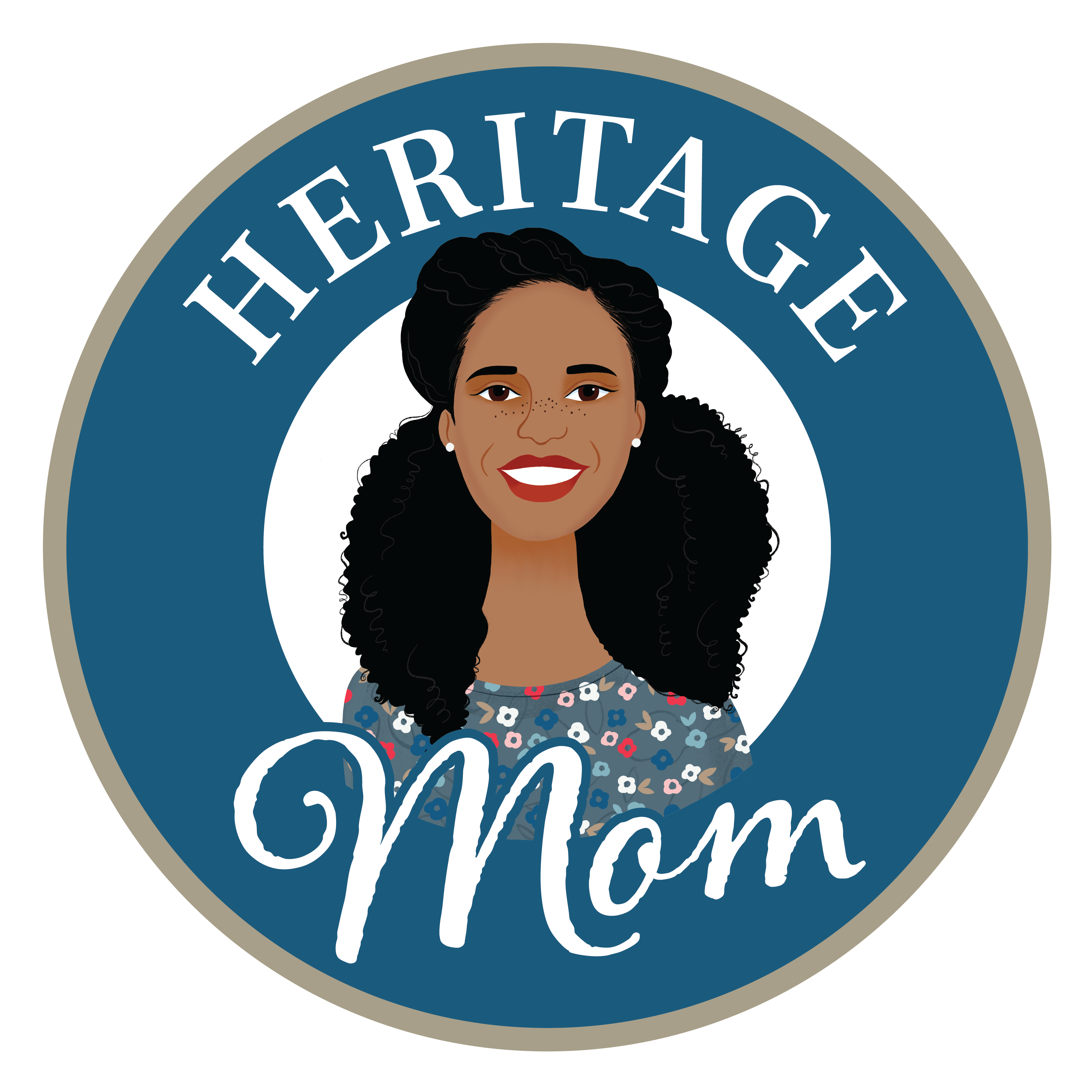

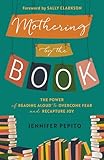







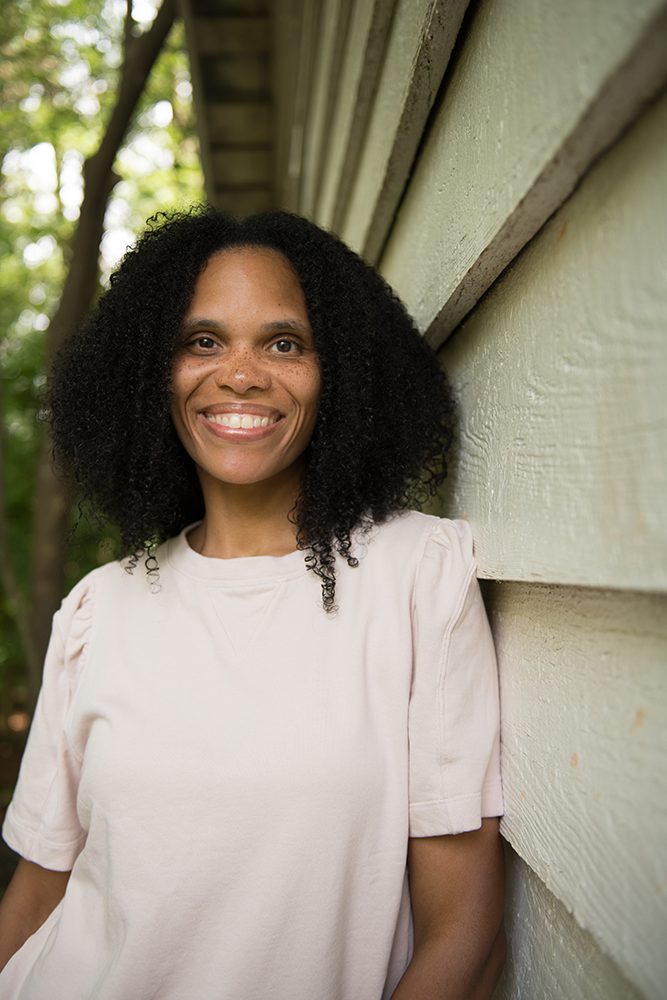
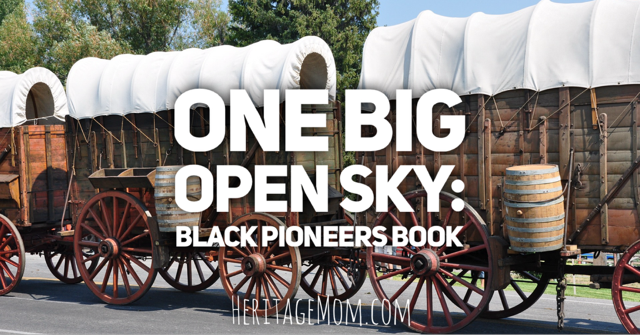
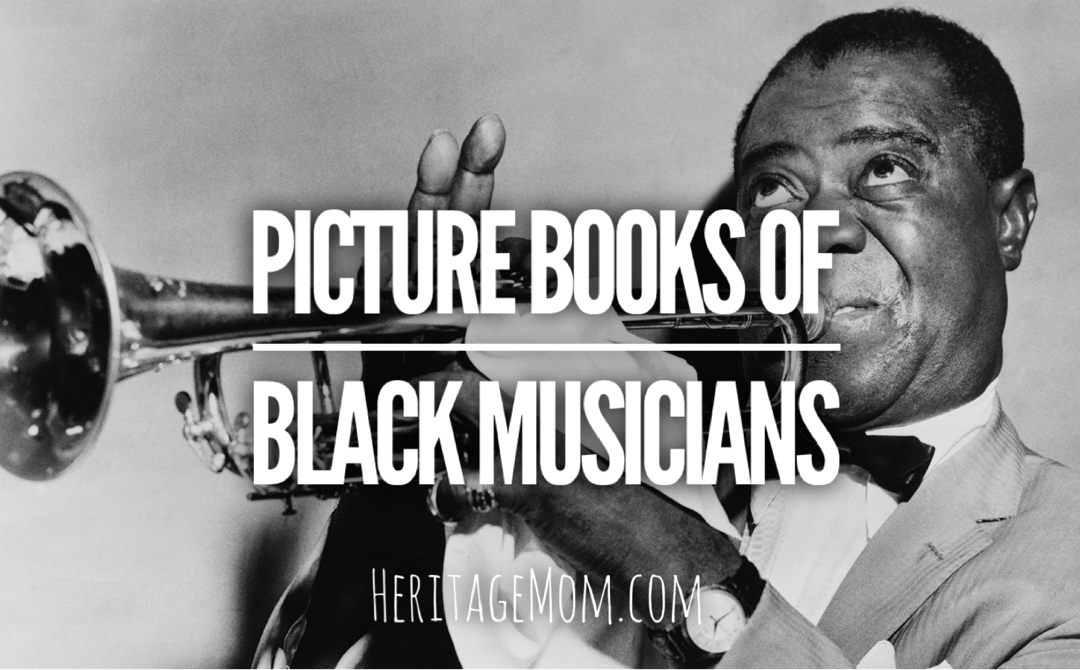
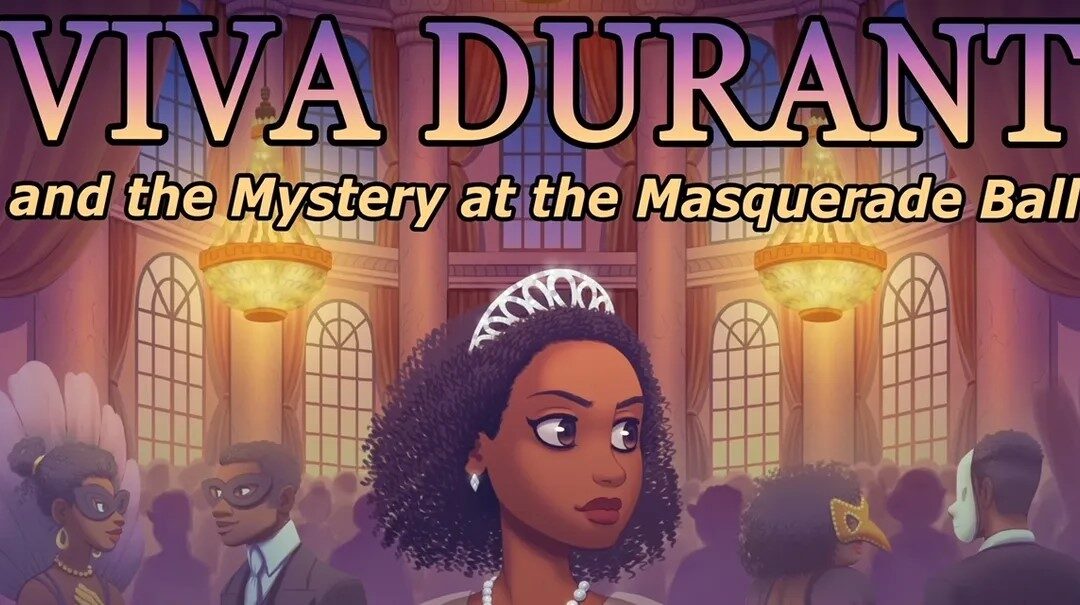
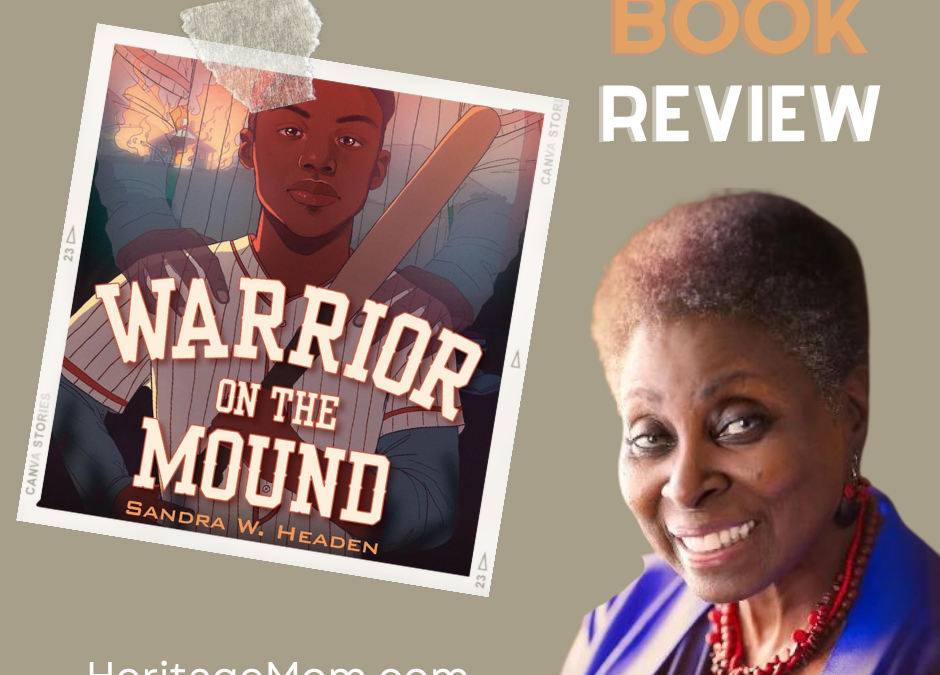
0 Comments